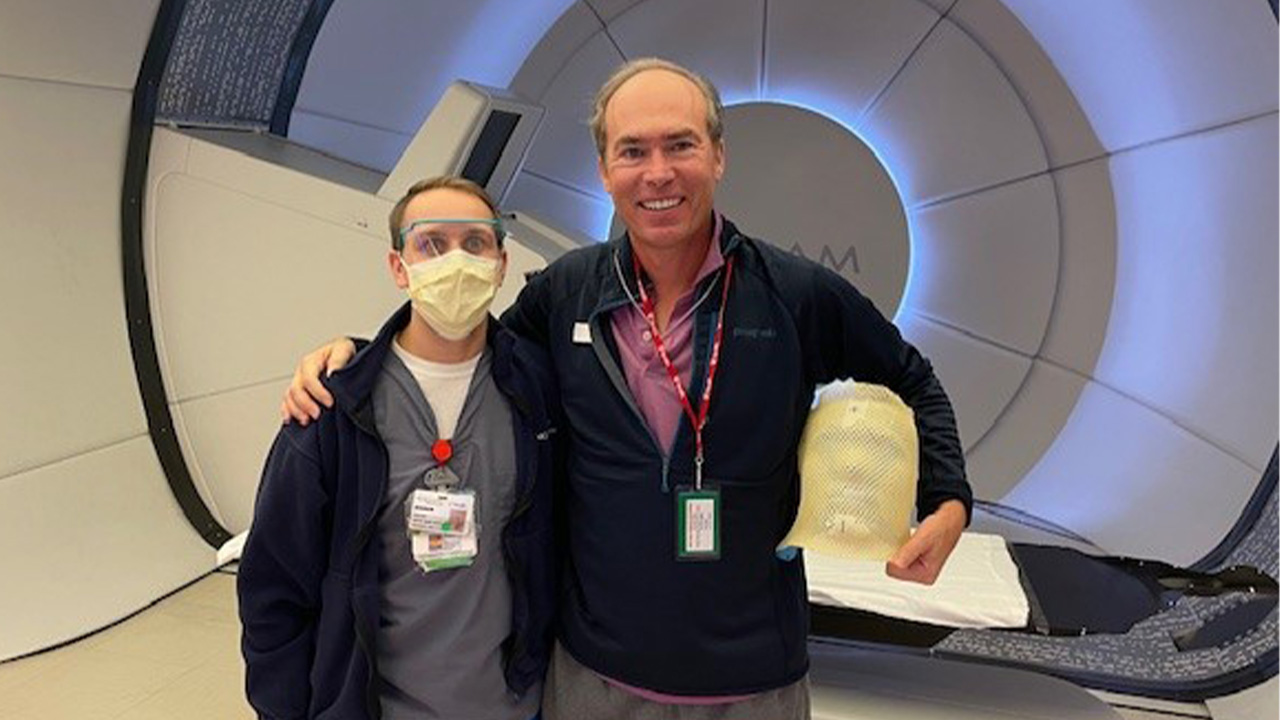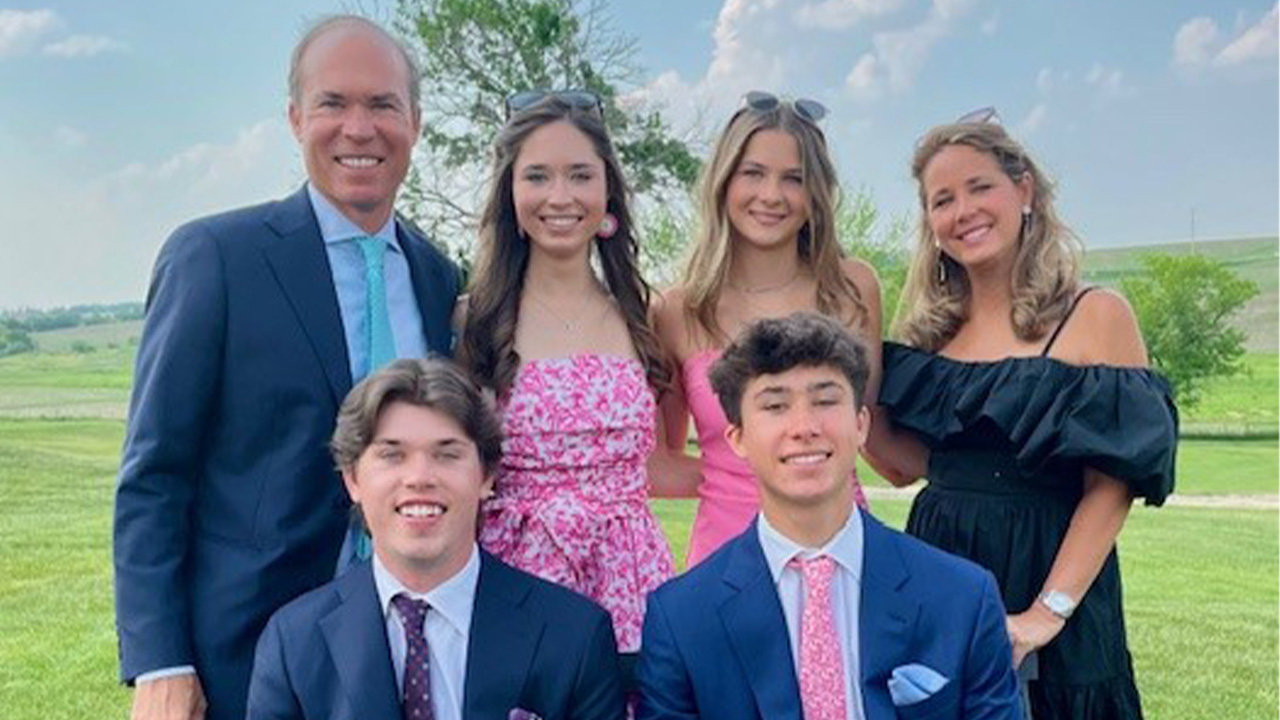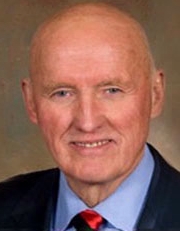Symptoms and Emergency Responses
Michael had just returned home from celebrating his daughter’s graduation from Boston College when a profuse, bloody nose began. Another nosebleed began in August while playing in a charity golf outing. The severity of the nosebleed led him to a local emergency room.
“They kind of dismissed it, but I knew something wasn’t right,” he recalls.
Diagnosis: Esthesioneuroblastoma
He underwent an emergency exploratory surgery and received a shocking diagnosis of esthesioneuroblastoma, also called olfactory neuroblastoma, a rare type of cancer that starts in the skull base.
“If you’ve never heard of it, don’t feel bad. I even stumped Siri,” he says with a laugh.
Although Michael and Shaune hadn’t heard of the cancer before, they knew it wasn’t good. They also knew they wanted to understand Michael’s options of what would happen next. The original Cincinnati hospital where Michael received his diagnosis laid out a care plan that called for a highly invasive surgery that involved cutting his head temple to temple. This approach weighed heavily on Michael and Shaune. They wanted another opinion.
Michael was able to find one at the UC Gardner Neuroscience Institute. Michael happened to be close college friends with the son of renowned UC Health neurosurgeon Dr. John Tew, who was his first call after his exploratory surgery. Michael understood the legacy of great neurosurgeons we have here in our region. Soon after his diagnosis, he met with respected neurosurgeon Dr. Jonathan Forbes, who offered another path forward – a less invasive option, a shorter recovery time, fewer long-lasting effects, and a future reimagined.



